Absorbent products covered in TAP
In this topic you will learn more about absorbent products. We will talk about:
- Washable and single use (disposable) absorbent products
- The layers of absorbent products
- The different types of fasteners used on absorbent products
- How different products have different absorbency.
Products suitable for light leaks are not included in TAP.
Absorbent products may be washable or single use.
Washable products are washed and dried after each use. They can be re-used until the product wears out.
Single use products are worn once, then thrown away.
To use washable absorbent products, people need:
- Water and soap for washing themselves and the products
- A place to wash and dry their laundry
- Time each day to wash their products
- A bucket with a lid to hold used products at home and a wet bag for used products when away from home.
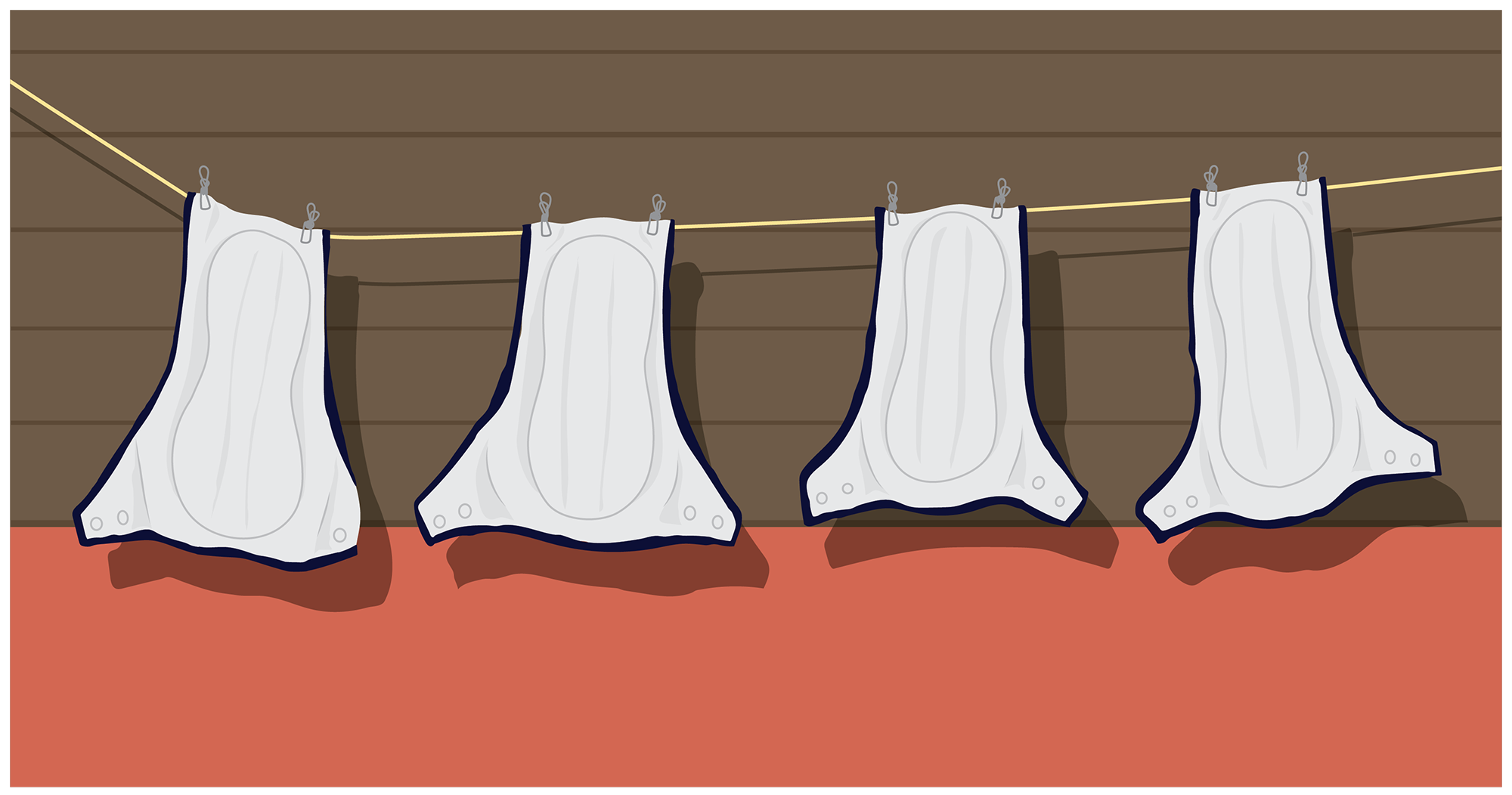
To use single use absorbent products, people need:
- Water and soap for washing themselves
- Consistent supply of single use products
- A dry place to store a stock of single use products
- Reliable rubbish disposal and collection system.
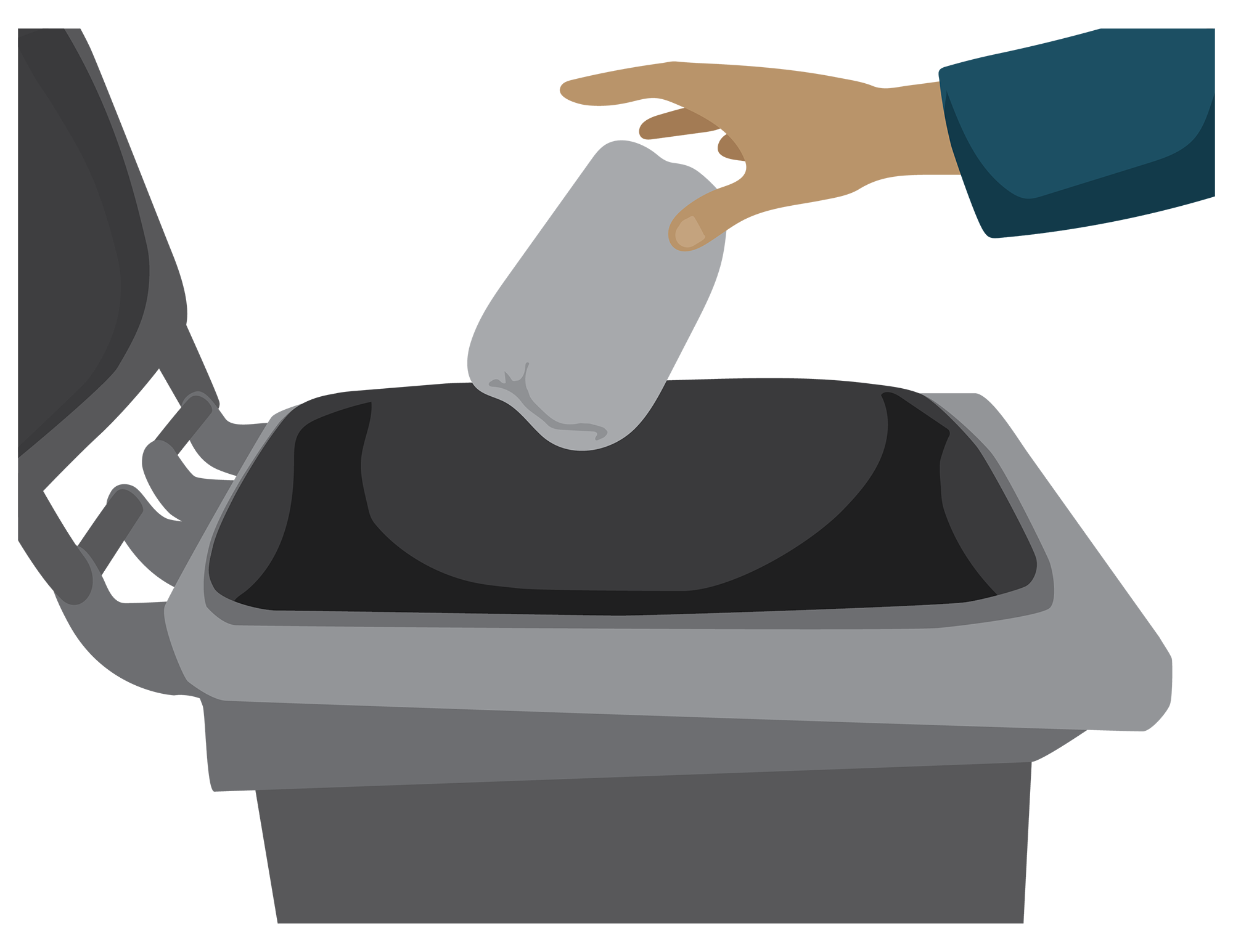
Single use products must be disposed of safely. The decision to use single use products should include thinking about the rubbish disposal system that is available to the person.
You will learn more about how to dispose of single use products in Lesson four.
Some people may use either washable or single use products.
Their choice will depend on:
- Their daily activities
- Their home, work and other environments
- Which products work best for their leaks
- The cost and availability of different products
- Personal preference.
Some people may use a combination of single use and washable for different activities.
Discussion

Meet Zora
Zora is 42 years old and married with four children. She has incontinence related to child birth.
Zora recently had an assessment for absorbent products. She selected washable products because in her rural village it is hard to buy single use products.
The products are working well. A painful rash on her bottom has healed.
However, Zora has no privacy when washing and drying her laundry. She is embarrassed about others seeing her absorbent products.
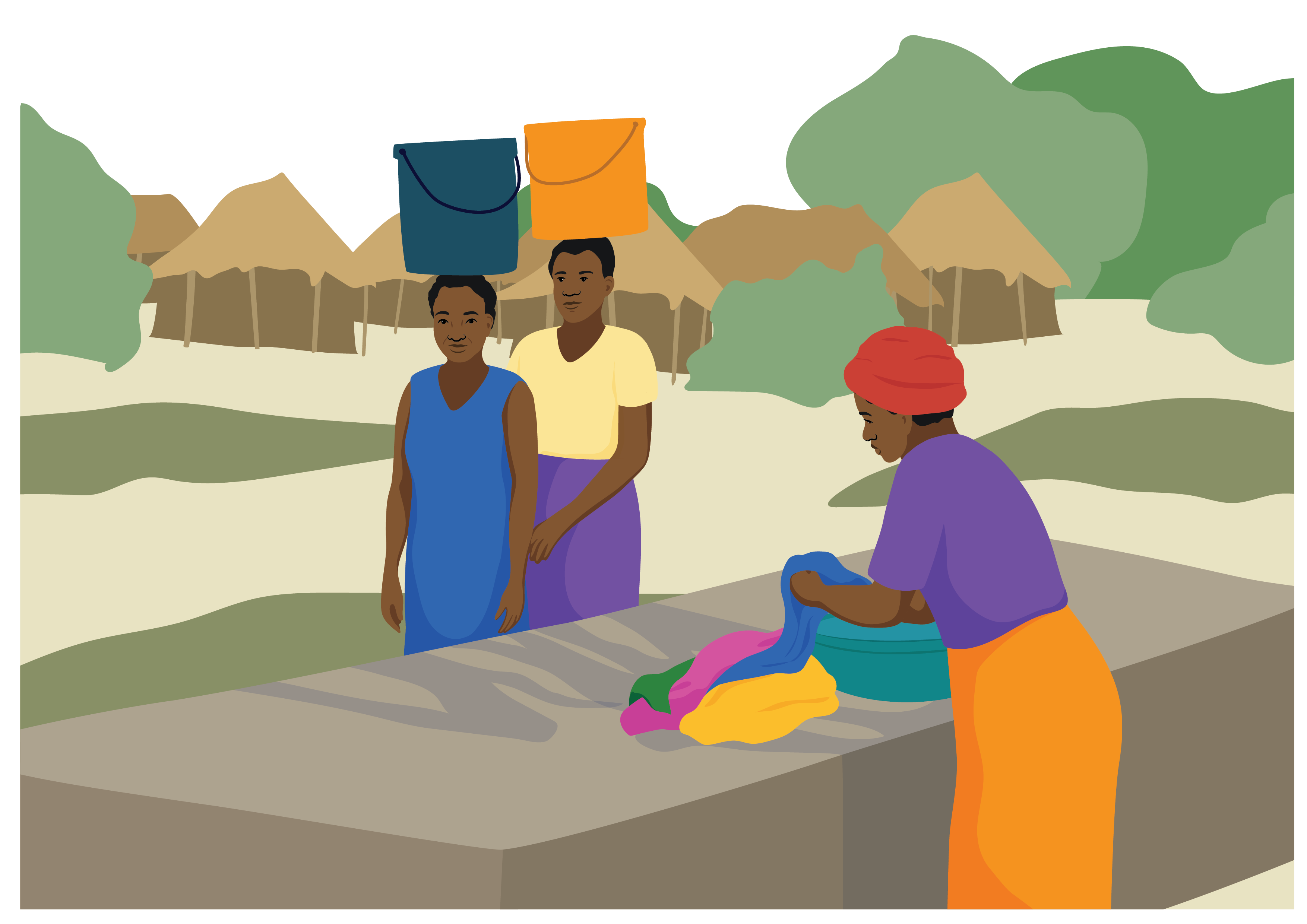
She has started getting up very early to avoid meeting her friends.
What could a health worker suggest to Zora, to help make things easier for her?
Think about and discuss possible solutions before revealing the suggestions below.
A health worker could:
- Encourage and/or support Zora to talk to the other women about her issues. She may find others have similar challenges
- Put up information about incontinence at the local health centre
- Suggest to Zora that she put a thin cloth over the absorbent products while they are drying.
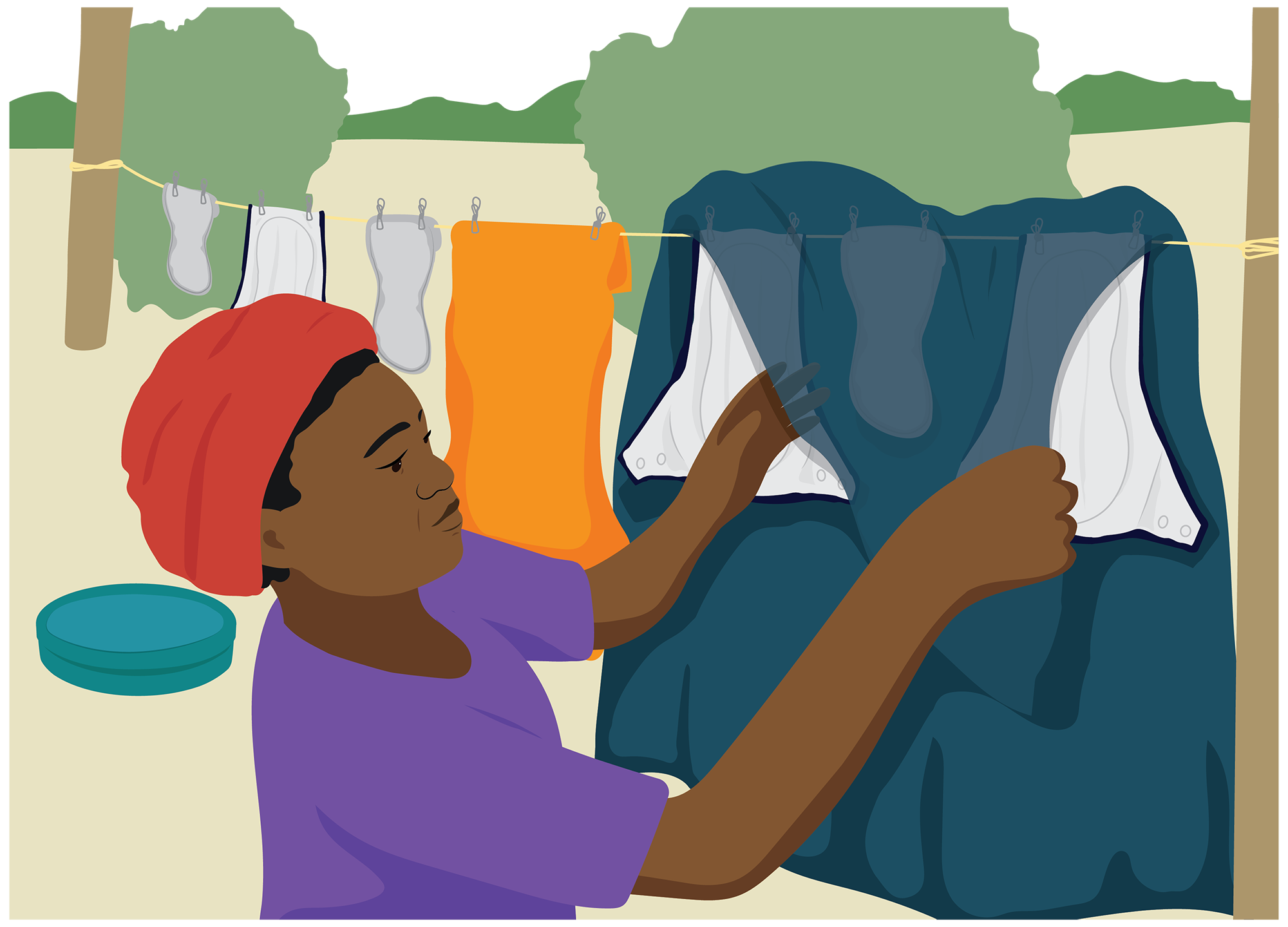
If you or your group had different solutions, share them on the discussion forum.
All absorbent products, both washable and single use, have at least three layers.
These are:
- Top layer
- Absorbent layer
- Outer waterproof layer.
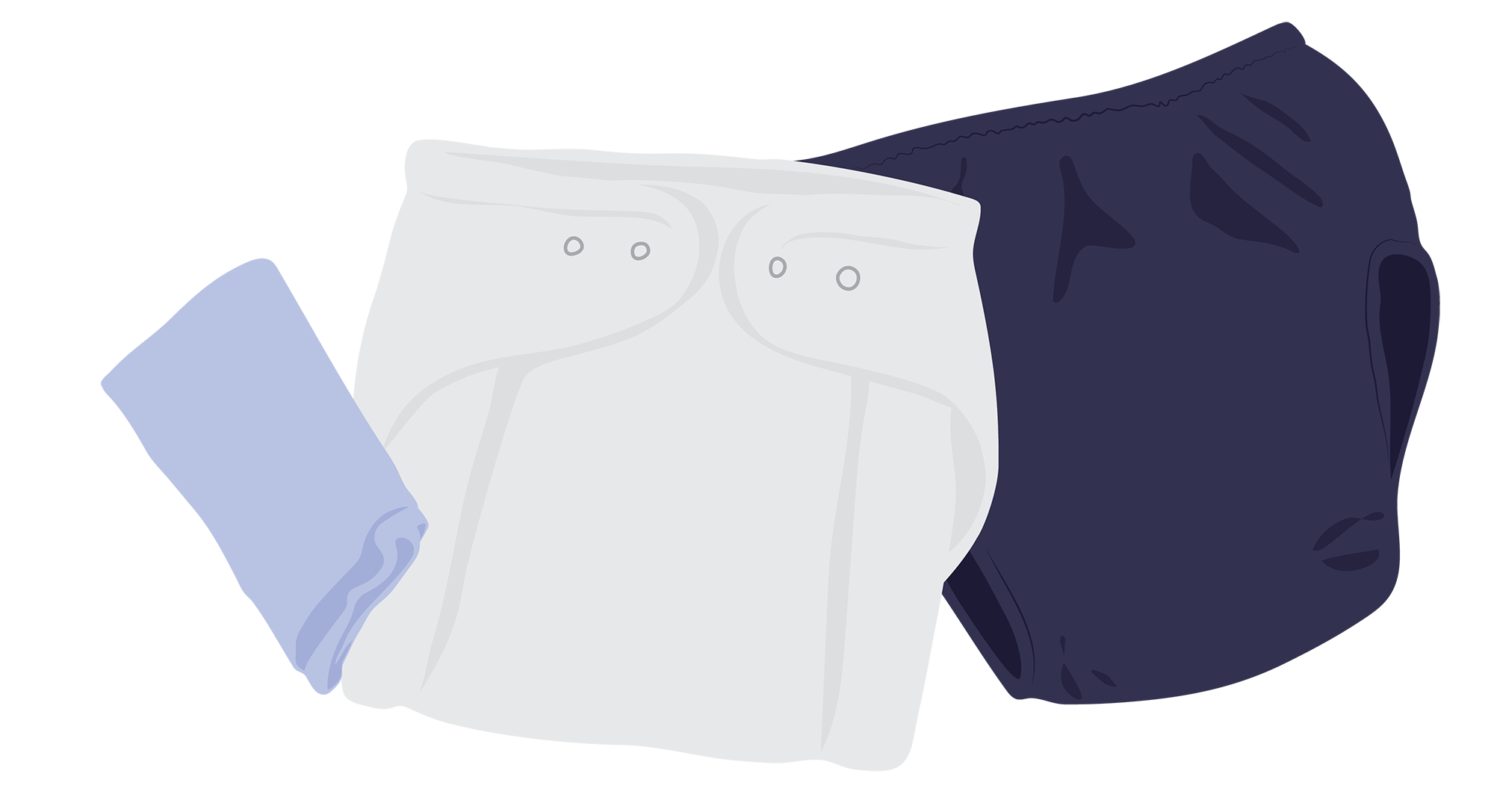
The top layer is in contact with the person’s skin. It allows liquid to pass through into the absorbent layer. This protects skin by keeping it dry.
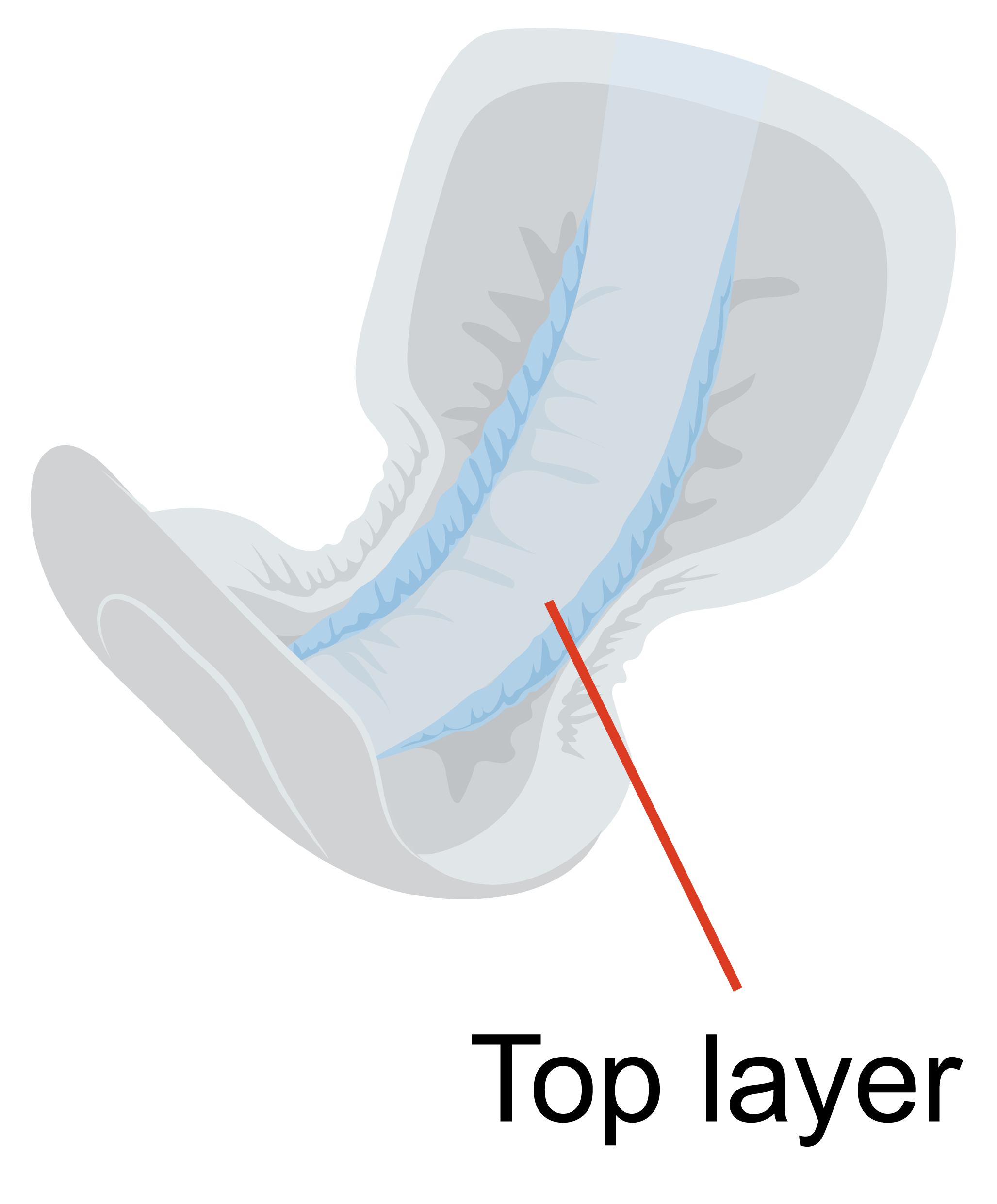
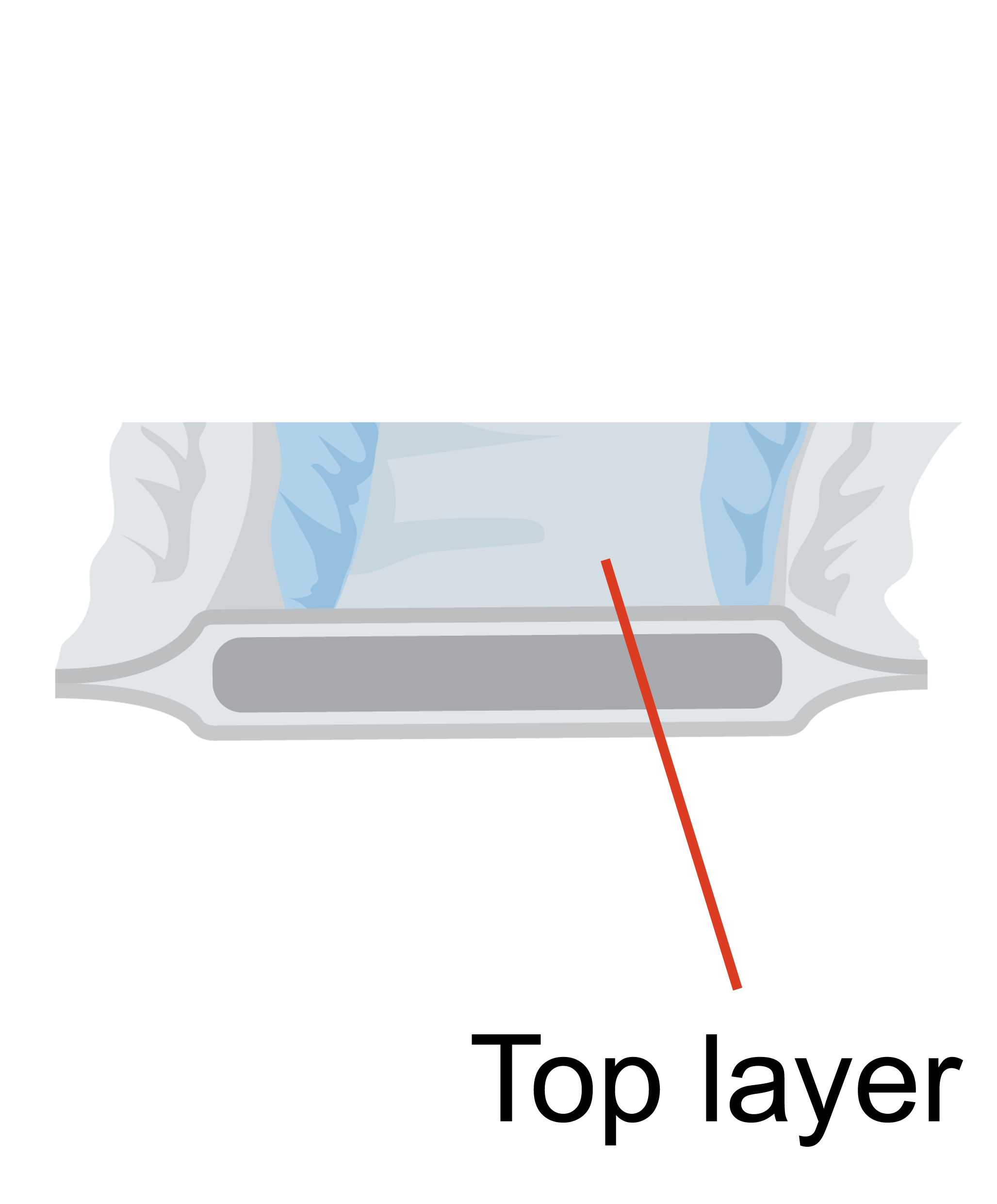
The absorbent layer is between the top layer and the waterproof layer. It absorbs and contains urine and liquid from stool.

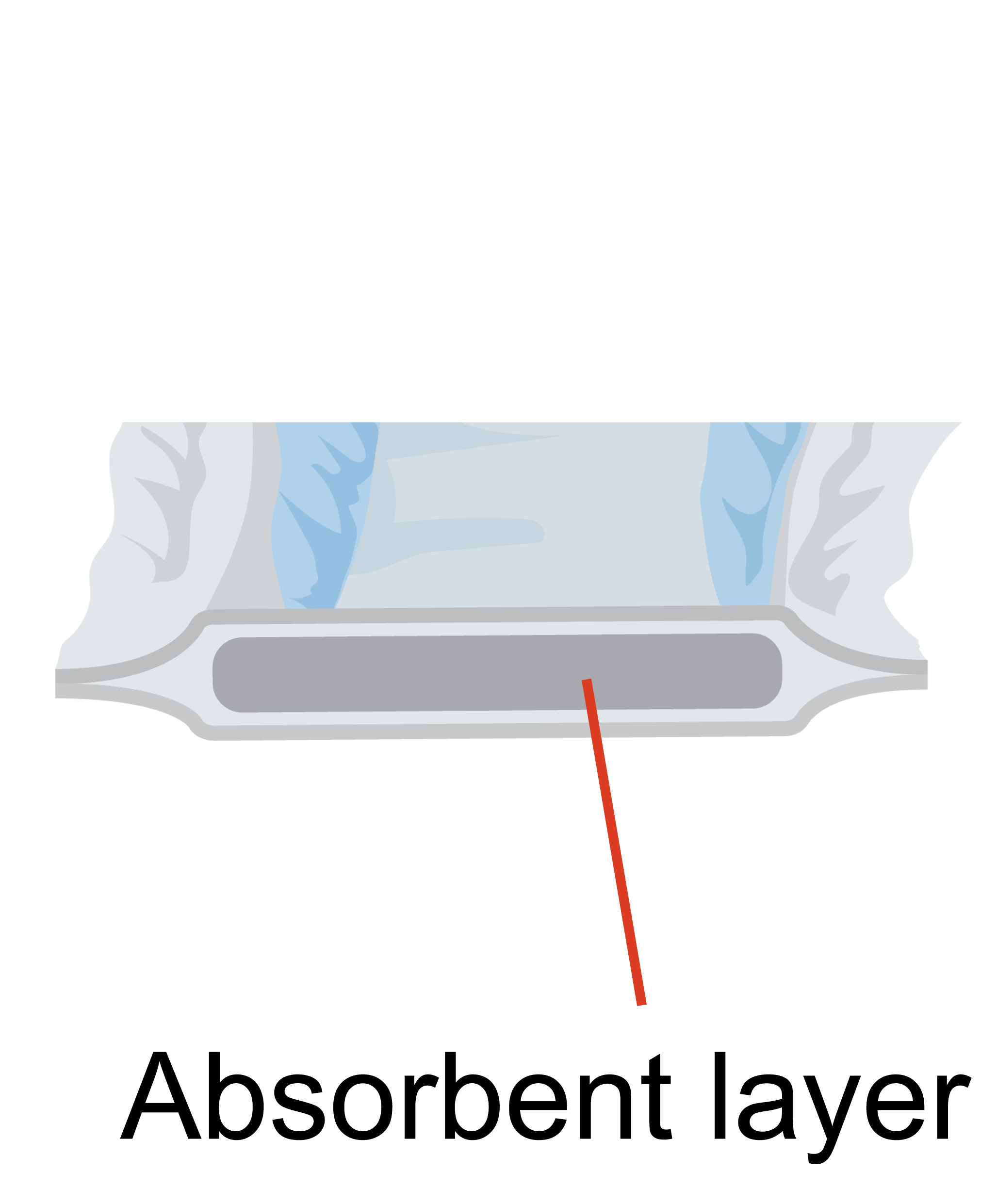
The waterproof layer is on the outside of the product. It protects the wearer’s clothing and close environment from leaks.
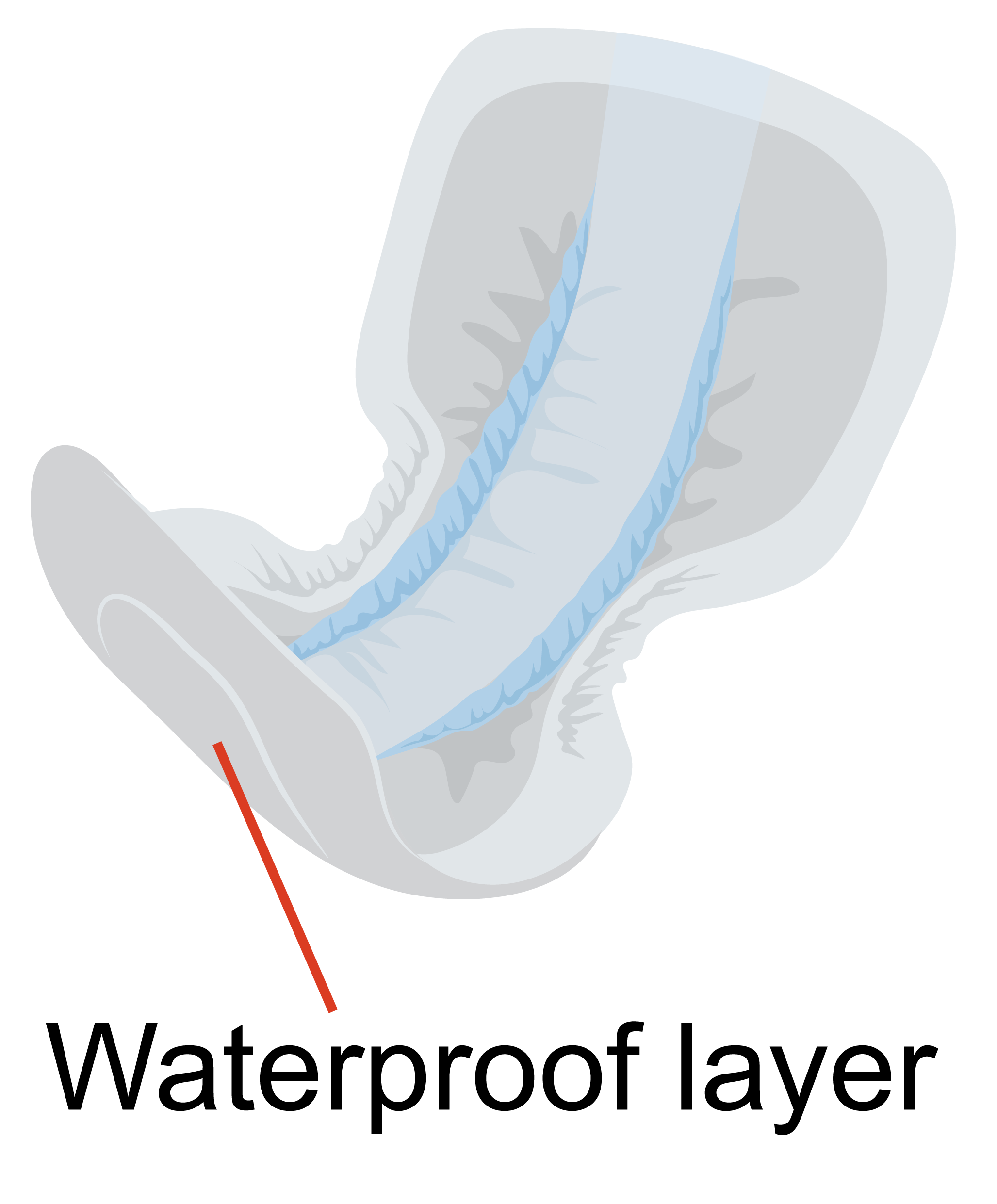
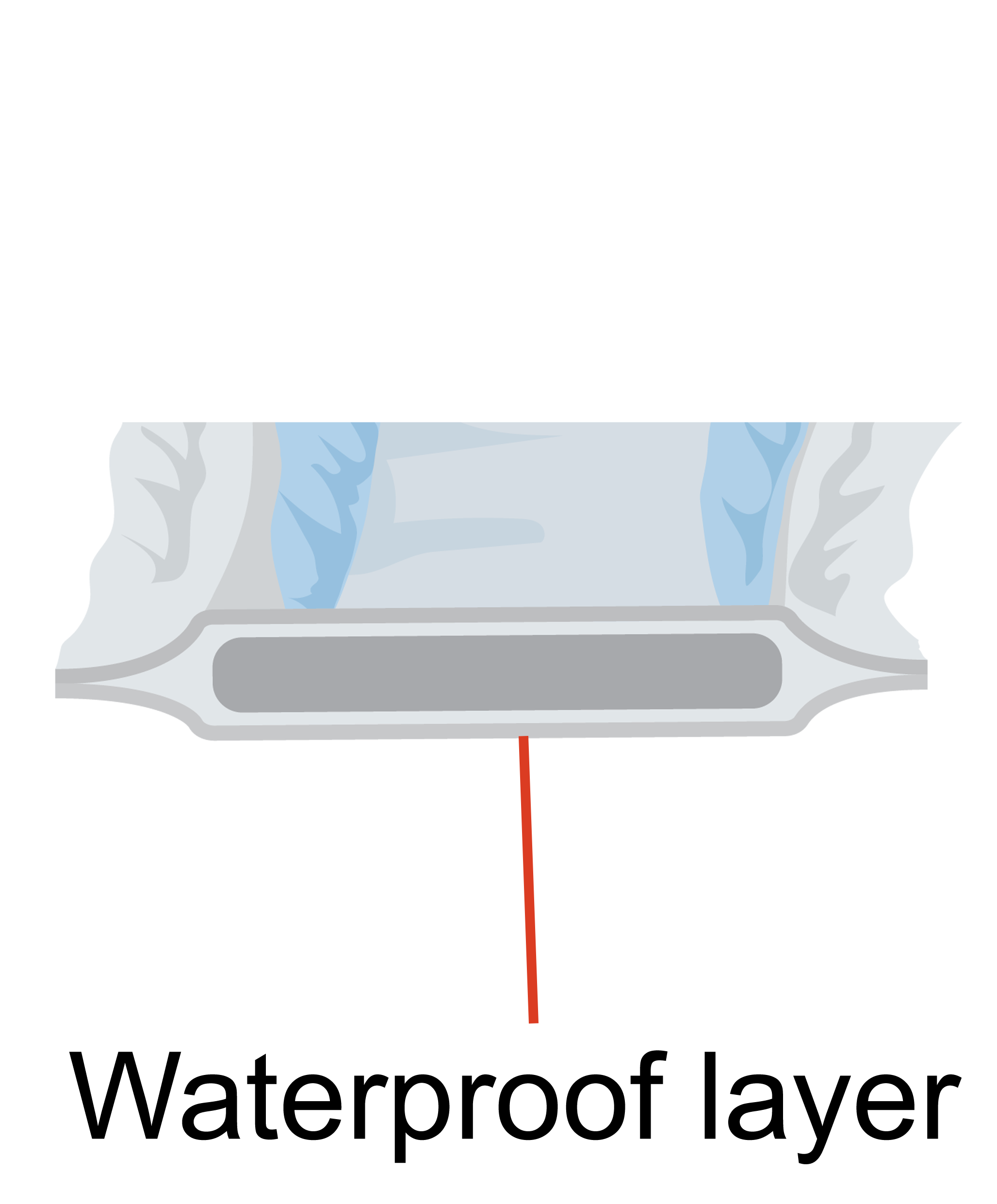
Absorbent products also have:
- Fasteners which hold the product in place
- Elastic (stretchy) areas, for example around the waist and legs to improve fit and comfort
- A range of sizes to properly fit children and adults.
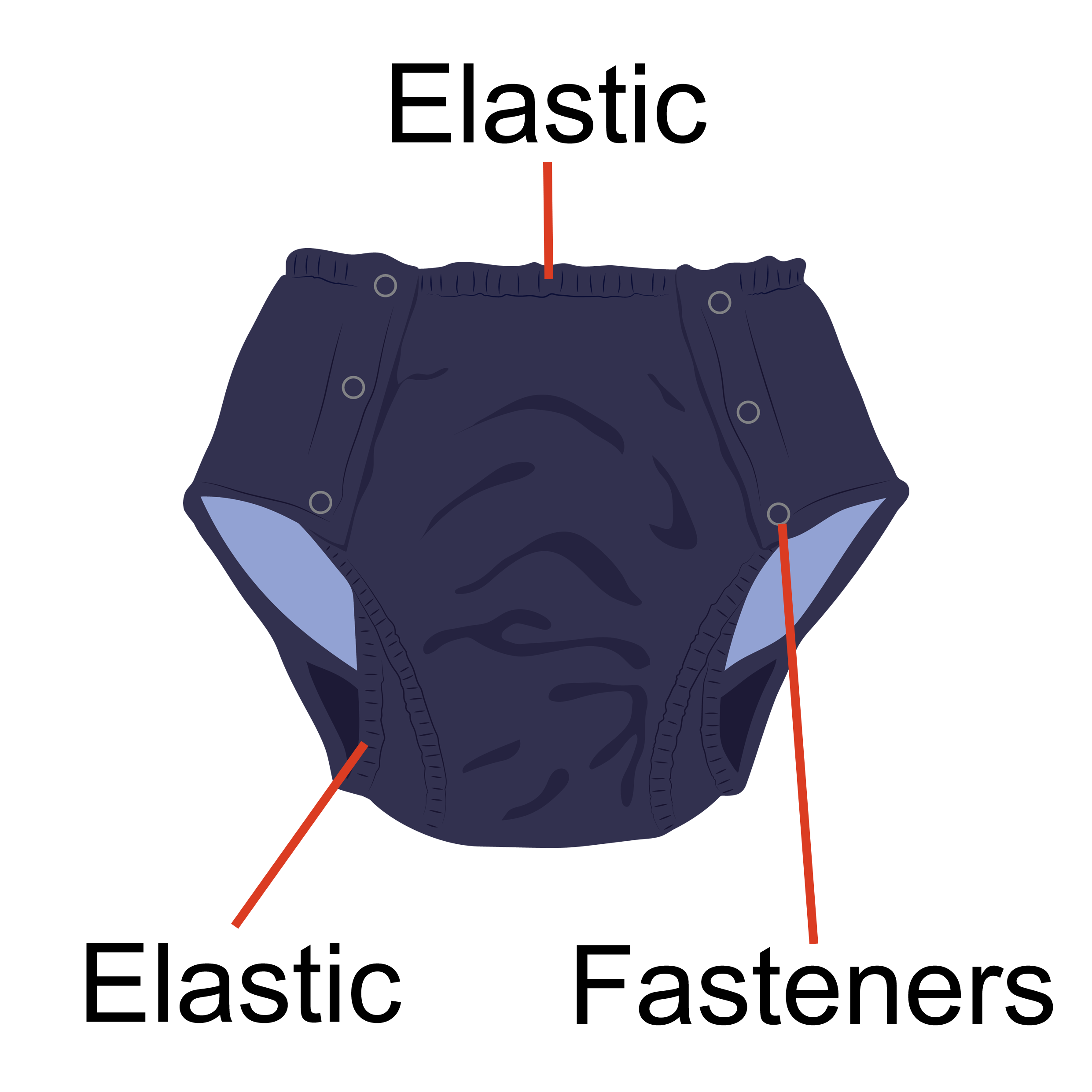
Another important feature of absorbent products is how much liquid they can absorb.
They may be suited to either:
- Light leaks
- Moderate leaks
- Heavy leaks.
You will learn more about how you can select the most suitable product depending on whether a person has light, moderate or heavy leaks in Lesson two.
There are many different types of absorbent products.
In TAP, we focus on absorbent products for moderate to heavy incontinence.
First let’s look at some examples of washable absorbent products.
As you go through this section, look at the absorbent products you have available, and see if any are similar to those described.
Washable one piece
These combine all layers into one product. They may:
- Wrap around the person and be done up with poppers or another type of fastener.
- Have an elastic waist and legs and be pulled up like a typical ‘underpant’.
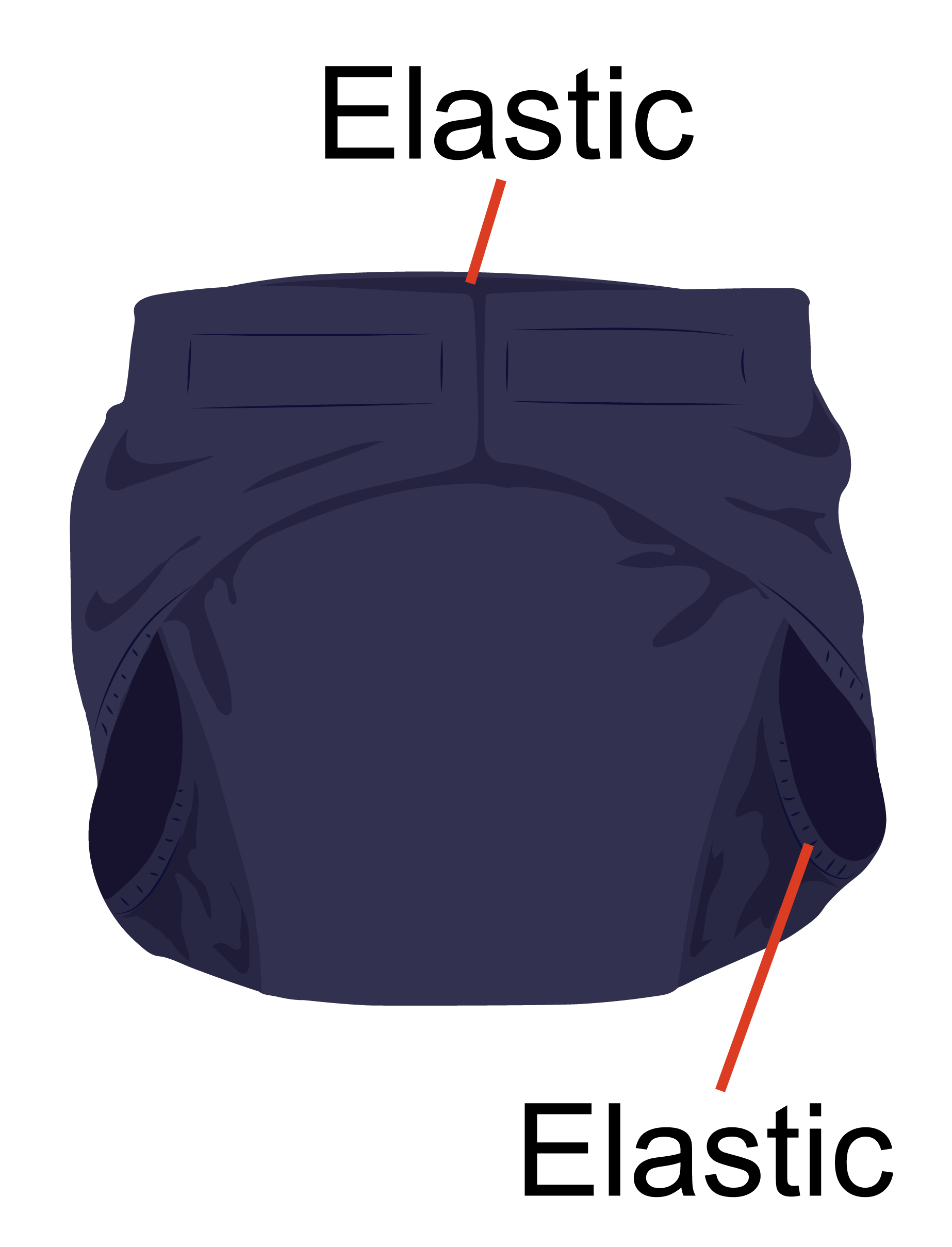
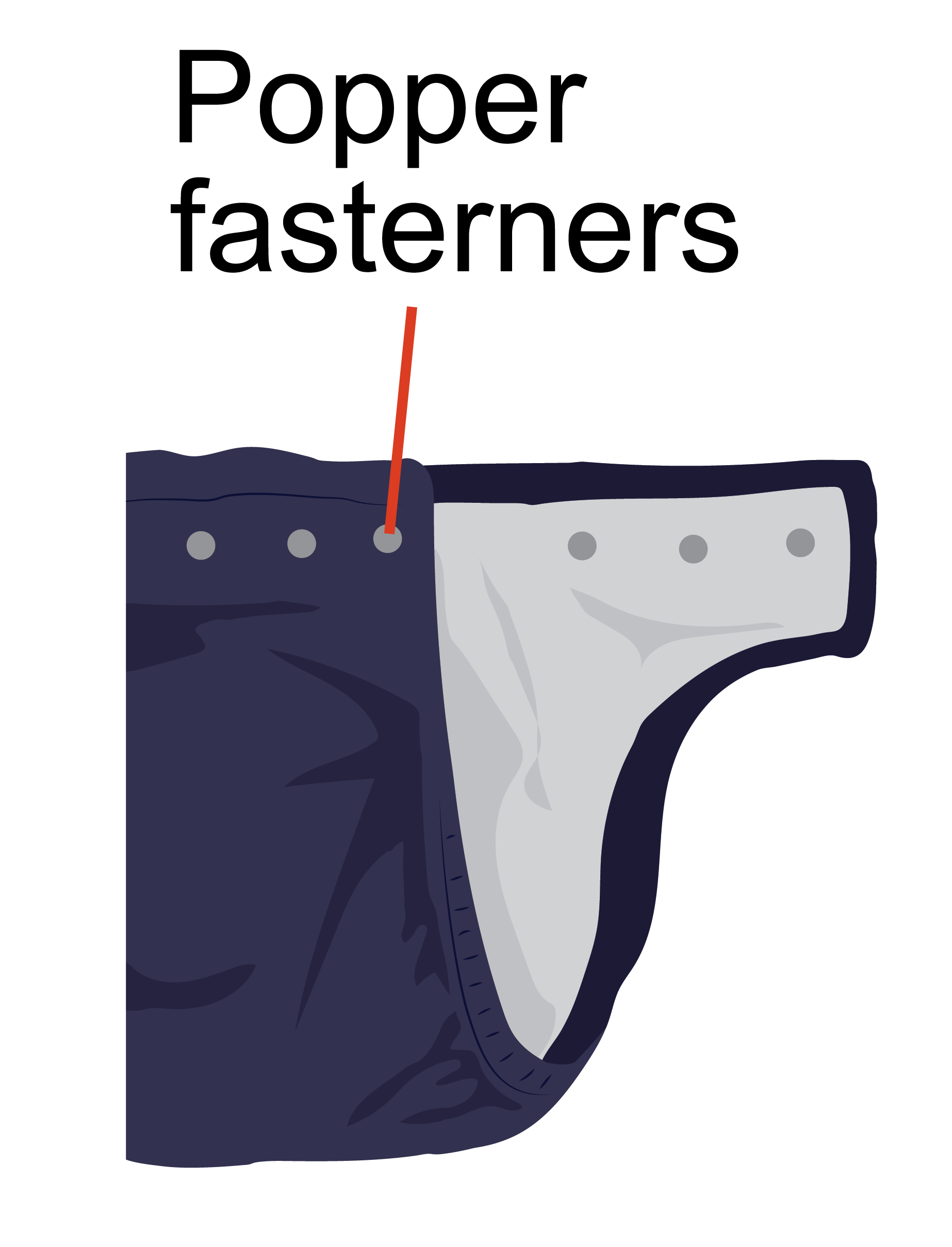
Advantages:
- All pieces contained in one.
Disadvantages:
- Longer drying time.
Washable two piece
These use separate pieces to make up the layers.
The top layer, which allows liquid to pass through and keep the skin dry, may be:
- Permanently attached to the absorbent layer or
- A separate piece placed on top of the absorbent layer when the product is put on.

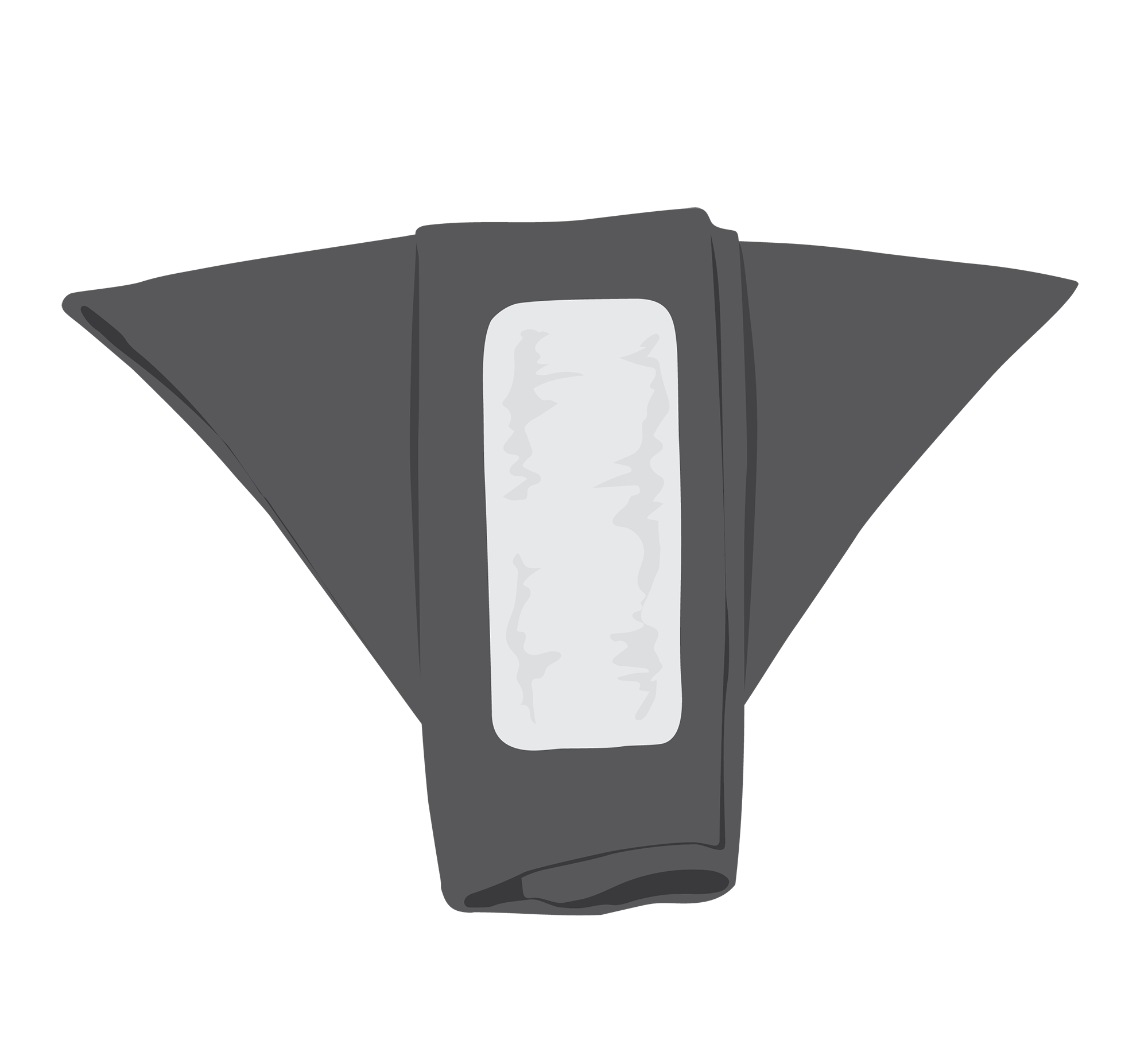
The absorbent layer may be:
- A fabric square which is folded and fastened with pins

- Shaped and fastened with poppers, velcro or another fastening
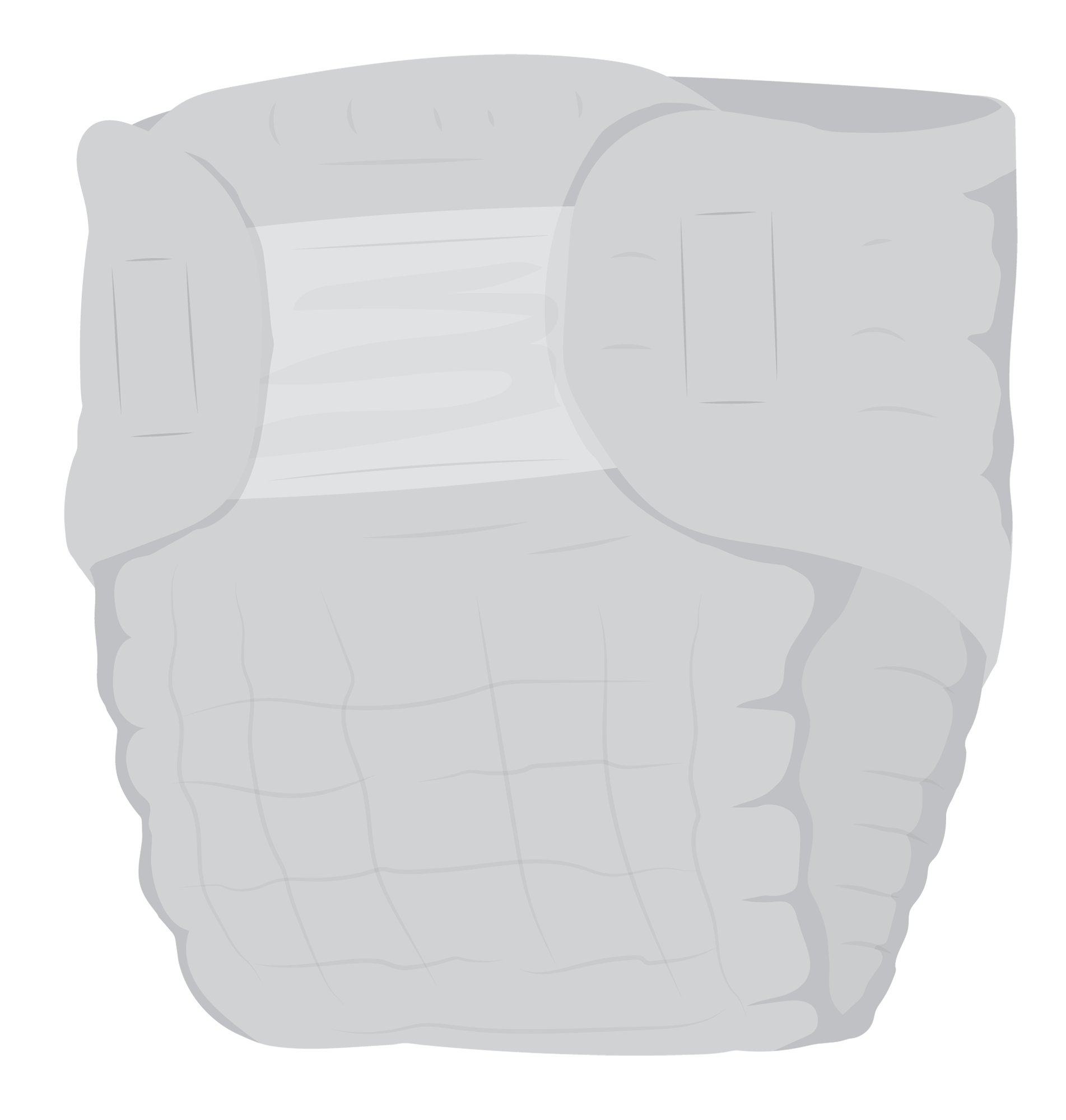
- One or more washable unbacked pads (without waterproof backing) held in place by a pocket in the shaped waterproof layer.
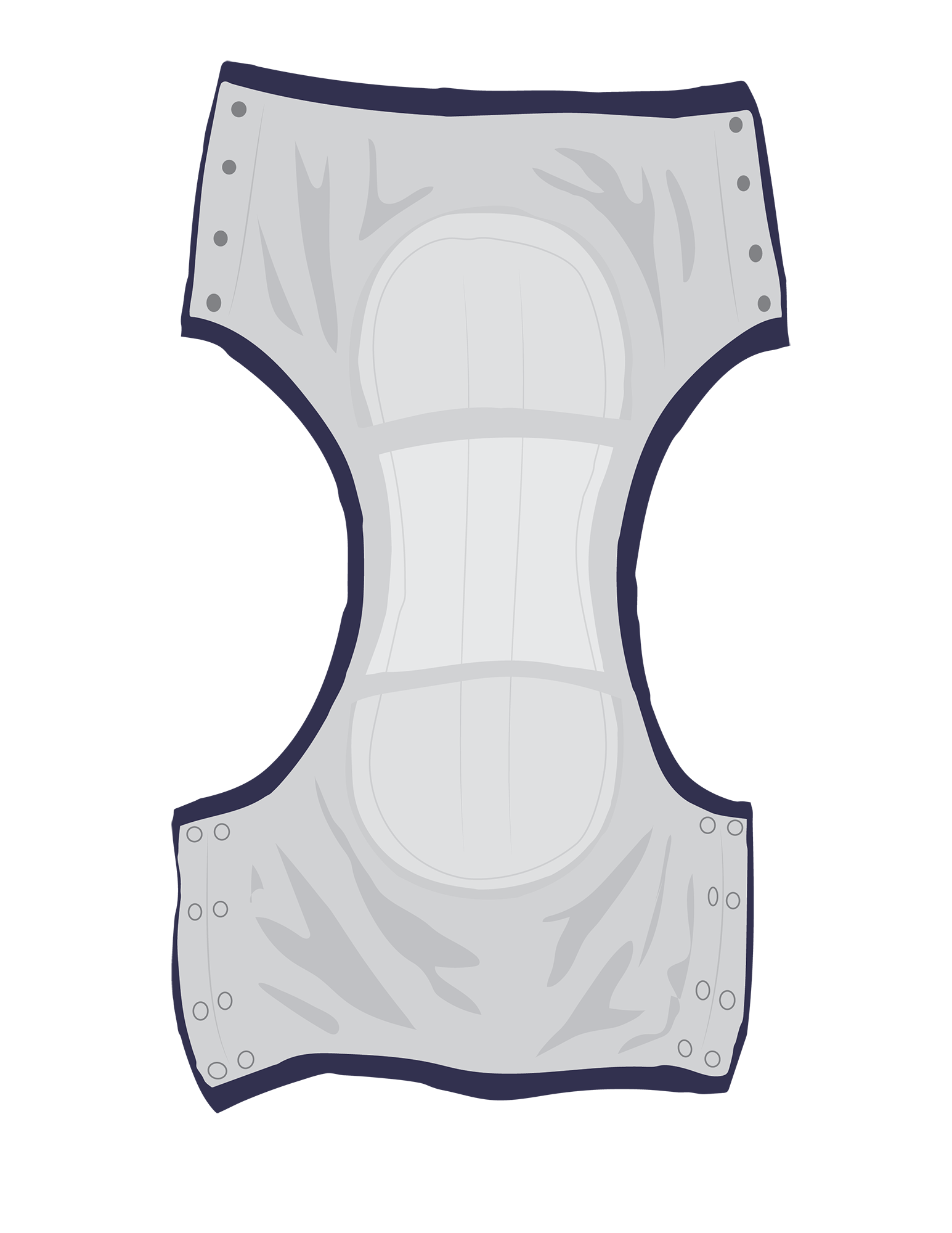
One person may use different types of absorbent pads with the same outer waterproof layer.
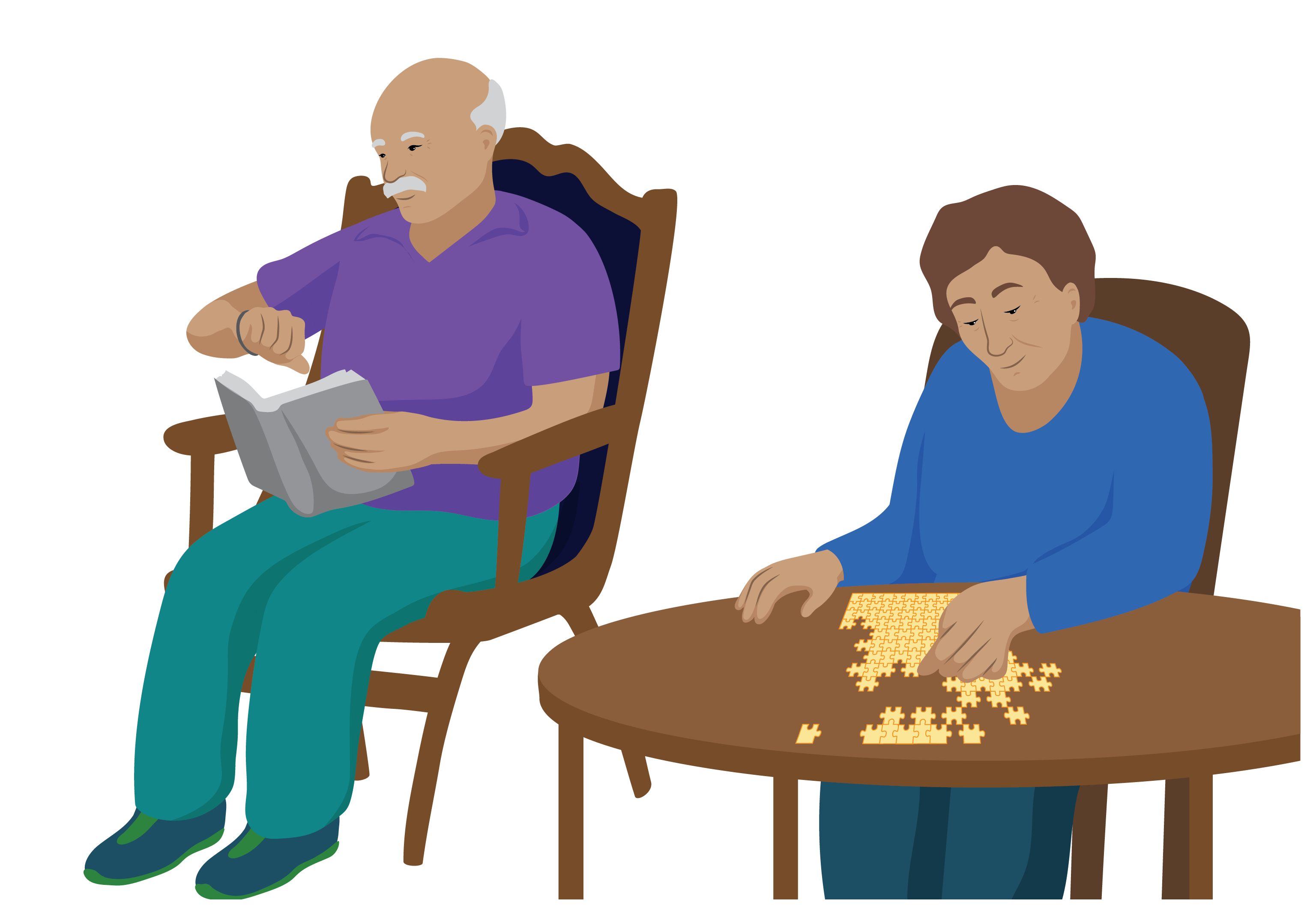
Remember Luciana?
Luciana and Jose selected a washable two piece product which she can pull on with Jose’s help.
In the daytime she uses a moderate absorbency unbacked pad inside the mesh pockets.
To avoid changing at night, Luciana uses a heavy absorbency unbacked pad.
Learn more about more about positioning unbacked pads to increase absorbency in Lesson three.
The waterproof layer may be:
- Shaped and done up with poppers or another fastener
- Have an elastic waist and be pulled up.
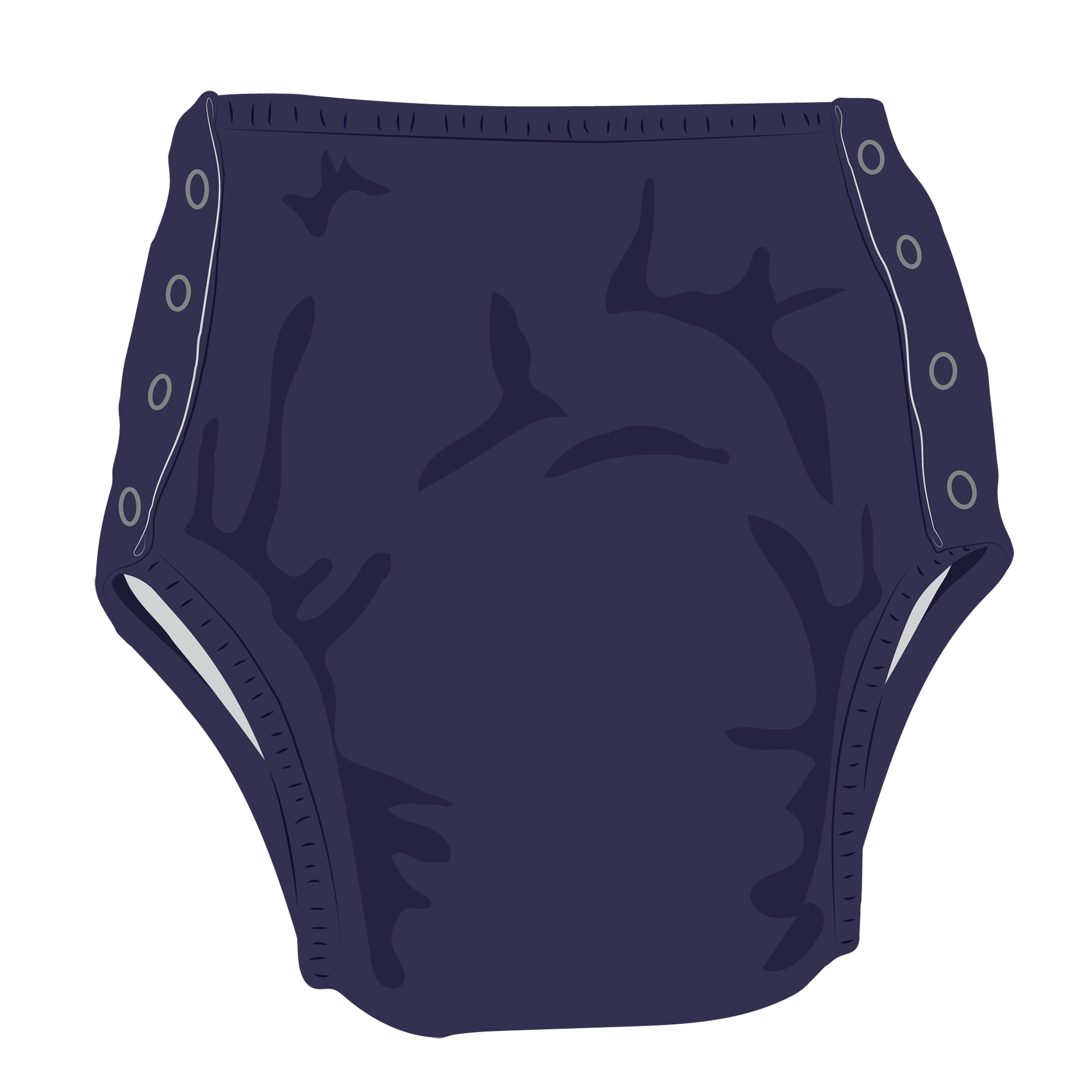
Advantages
- Shorter drying time as the pieces can be separated
- If one part wears out, only that part needs to be replaced, not the whole product.
Disadvantages:
- More pieces to manage, and to put on and change.
Question
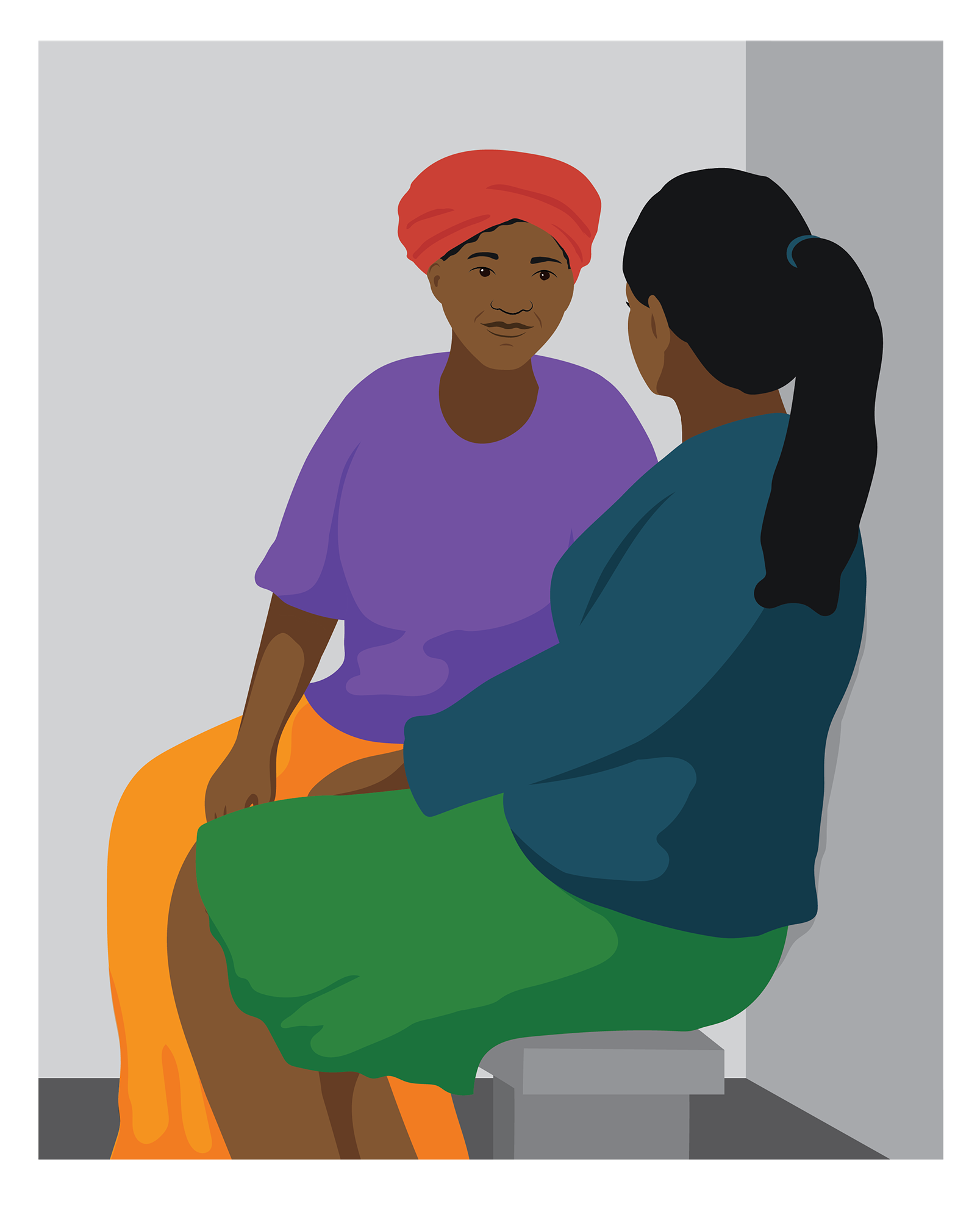
Remember Zora?
Zora is using washable absorbent products. She lives in a country that is hot and humid all year round. She also has limited space and privacy for drying her laundry.
Would you suggest to Zora that she use one piece or two piece absorbent products?
Either may suit, depending on Zora’s preference. I would discuss the options with her.
The one piece is all together and will take up less space to dry. However, it will take longer to dry.
The two piece will dry faster. However, it will take up more space to dry.
If both options are available, it is best to explain the advantages and disadvantages, and let Zora decide. If possible, she could trial a couple of each to help make a decision.
Now let’s look at some single use absorbent products.
Single use one piece
Just like washable one piece products, single use one piece products combine all layers into one product.
The absorbent layer usually contains wood pulp and super-absorbent powder which turns to gel when in contact with urine.
Most single use products have a strip that changes colour as the product absorbs leaks. This helps identify when to change.
Advantages:
- Can be very absorbent
- Less bulky than washable products.
Disadvantages:
- Require disposal.
Different types include:
Wrap around pad
This wraps around the waist and hips and is fastened with sticky tapes.
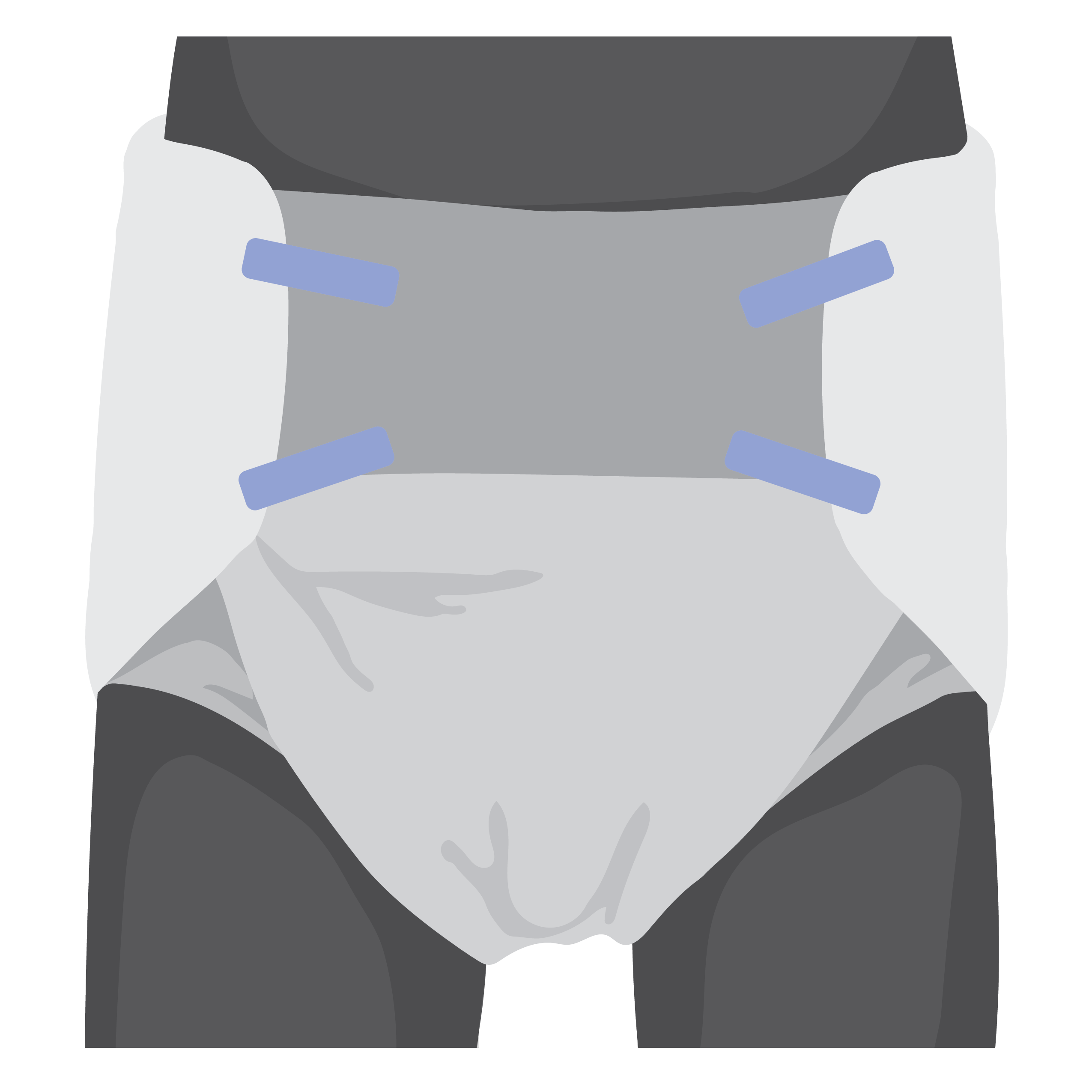
Advantages:
- The large absorbent layer and wrap around design makes these very absorbent
- They are good for people who experience both bladder and bowel leaks.
Disadvantages:
- A hotter product to wear as it wraps around the body.
Pull up pads
These have an elastic waist and are pulled up like typical ‘underpants’.

Advantages:
- These are similar to pants to put on and off.
This can be helpful for children and people with memory difficulties because it is a familiar dressing activity.
Disadvantages:
- May need to remove bottom layer of clothing to put on.
Belted pads
These have an absorbent pad that is held in place by a wide elastic belt.
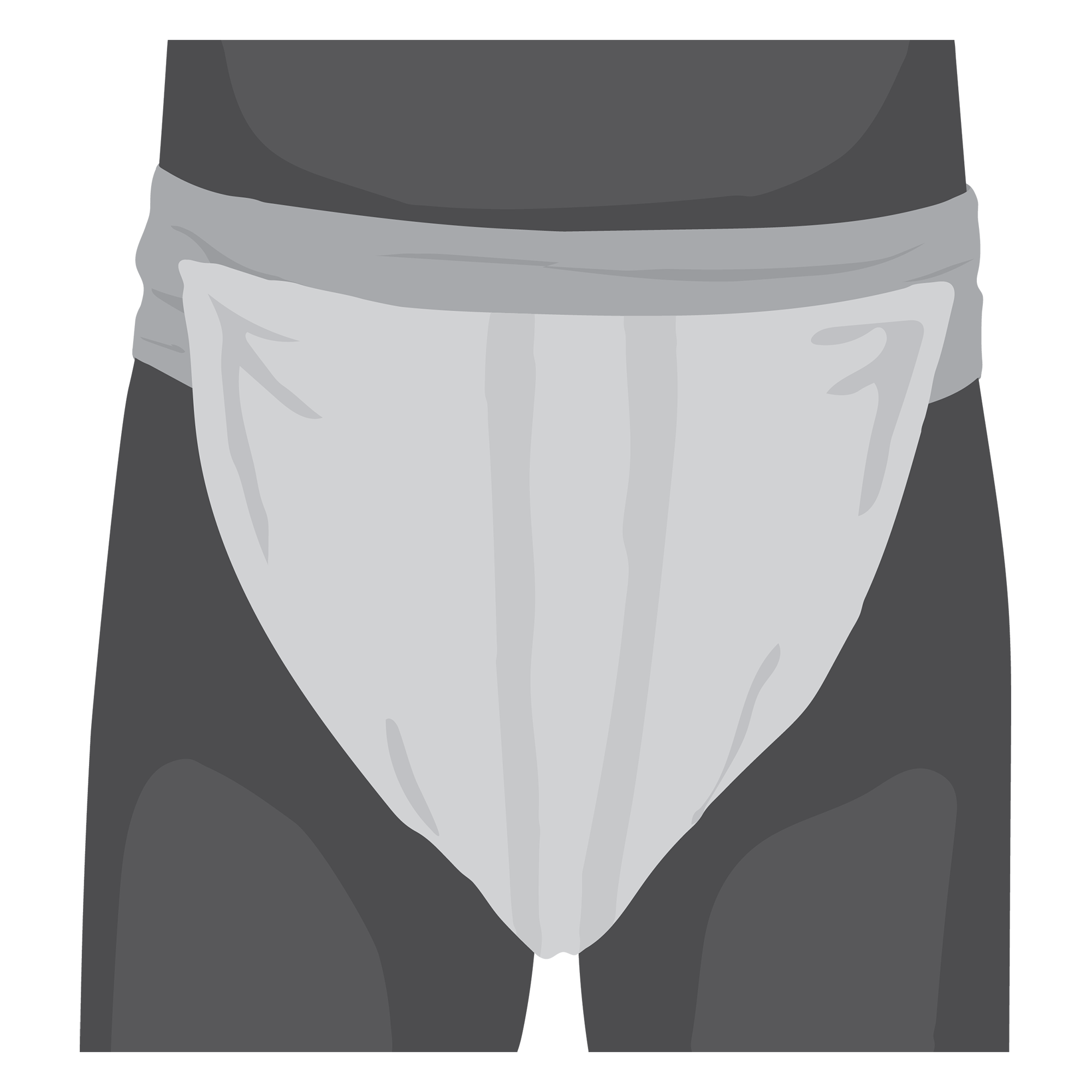
Advantages:
- Simple belt and pad fasteners for people who have less ability to use their hands
- Easier to put on in standing than some other products.
Single use two piece
This product combines a waterproof backed absorbent pad with close fitting underpants.
The underpants need to fit well to hold the pad in place. They may be:
- Special stretchy pants or
- The person’s own close fitting underpants.
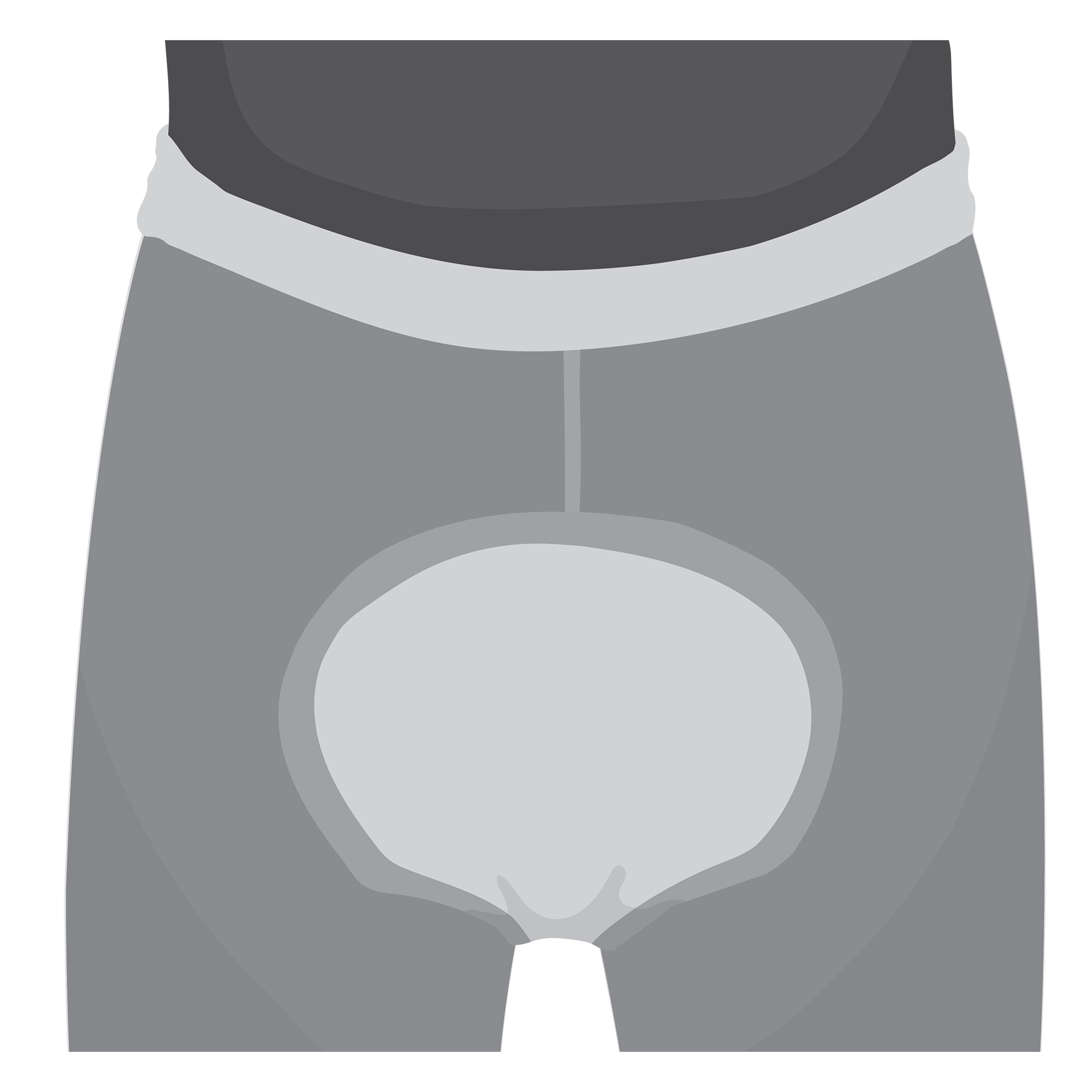
Advantages:
- Fits inside underpants.
Disadvantages:
- The special stretch underpants may be difficult to put on and off for people who have difficulty using their hands.
Activity
Complete a summary of each absorbent product you have available. Use the Absorbent product description form.
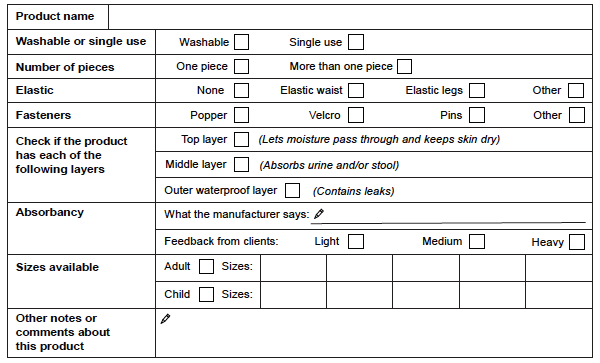
You can describe two products on each page.
You will need to identify whether the product:
- Is washable or single use
- One or more pieces
- Has elastic
- Has fasteners
- Has the three product layers described in this lesson.
You can also note:
- What the manufacturer and clients say about the product’s absorbency
- What sizes it is available in.
If you are not sure, discuss with your mentor.
Unbacked pads
Unbacked pads are absorbent pads without a waterproof outer layer.
- They may be washable or single use
- One or more pads can be used to increase absorbency where it is most needed.


Remember Luciana?
At home, Luciana uses a washable two piece absorbent product. The two pieces are a pad suitable for moderate absorbency and an outer layer with mesh pockets that hold the pad.
Luciana and Jose visit their daughter regularly. They travel in the car and it isn’t easy to stop along the way.
For the journey Luciana uses two single use unbacked pads instead of her usual washable absorbent pad. This increases the absorbency and is easy to dispose of at their daughter’s house.
You will learn more about increasing absorbency in Lesson three.
Liners
Liners may be washable or disposable. They may be used with washable or single use absorbent products.
Washable liners are a top layer for protecting the skin.
Washable and disposable liners can also be used to:
- More easily collect and dispose of solid stool
- Reduce stains on the absorbent product (less effective for liquid stool).

Washable liner (wool)

Disposable liners (bulk roll)

Washable liner (fleece)
Another assistive product included in TAP for containing leaks of urine, is an external (sheath) catheter combined with urine collection bag.
This product attaches to the penis and is suitable for males.
If this product is available in your service, some people may prefer to select this option for day or night use.
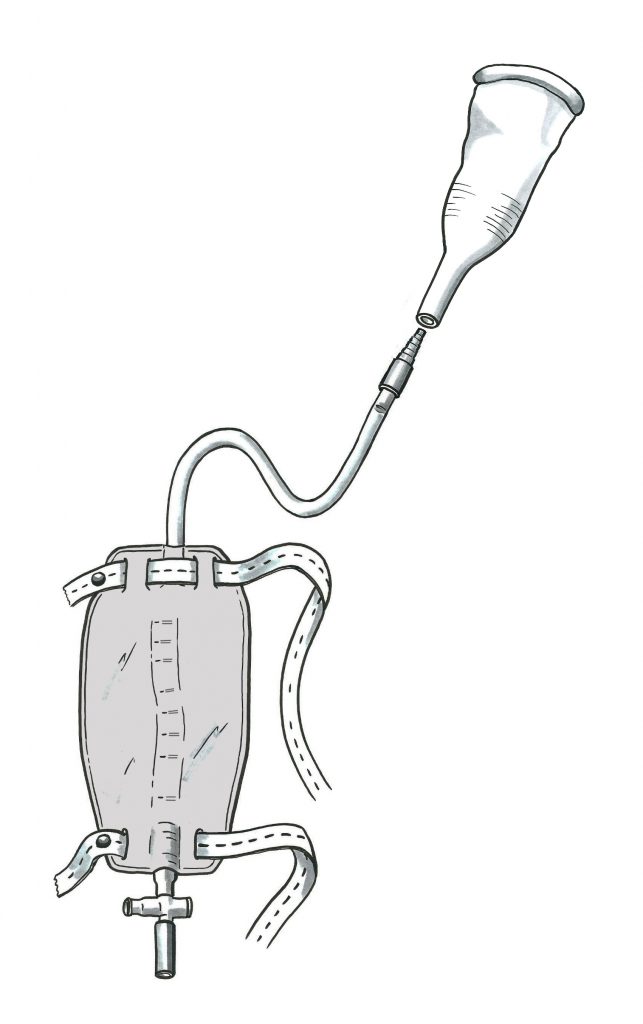
Learn more about external (sheath) catheters in the TAP Catheters module.

